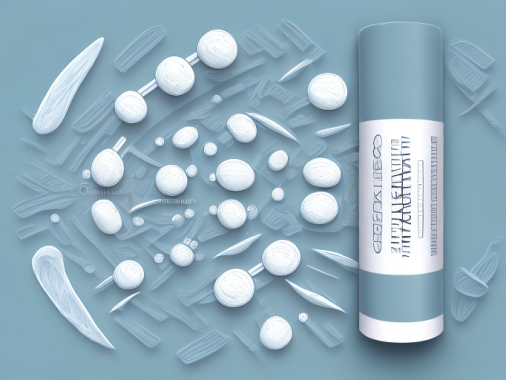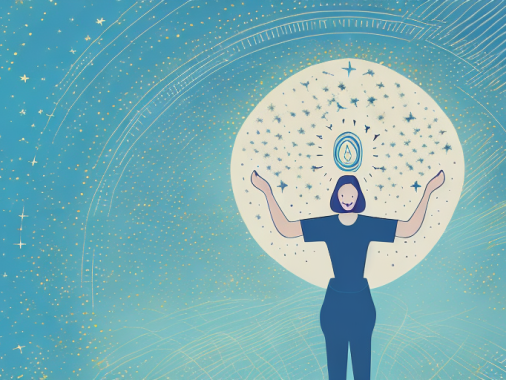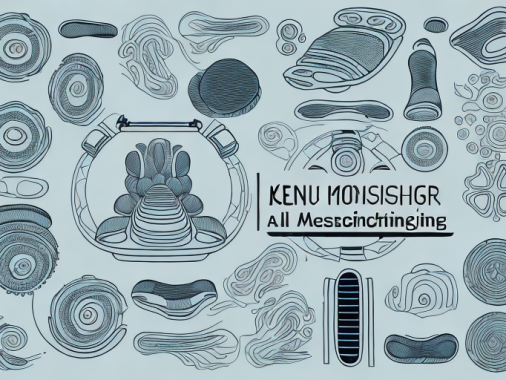In recent years, more and more people have been turning to deep tissue massage as a way to promote relaxation and reduce stress. However, deep tissue massage is far more than just a way to unwind. This therapeutic technique has been used for centuries in India as a way to treat chronic pain, improve circulation, and promote overall wellness.
Introduction: What is Deep Tissue Massage?
Deep tissue massage is a type of massage therapy that focuses on realigning deeper layers of muscle and connective tissue. This technique involves slow, deep strokes applied with firm pressure that target specific regions of the body experiencing tension or pain. Unlike other types of massage, deep tissue massage is often used for therapeutic purposes, such as reducing chronic pain, improving posture and range of motion, and promoting overall wellness.
Deep tissue massage can be particularly effective for athletes or individuals who engage in regular physical activity. This is because it can help to break up scar tissue and adhesions that can form in muscles due to overuse or injury. By releasing these areas of tension, deep tissue massage can help to improve flexibility, reduce the risk of injury, and enhance athletic performance.
The History of Deep Tissue Massage in India
The tradition of deep tissue massage dates back thousands of years in India. Ayurvedic practitioners recognized the benefits of deep tissue massage long before modern medicine, and they developed specific techniques to target deep layers of tissue and promote healing in the body. Today, deep tissue massage is still widely practiced in India and is often considered an essential aspect of preventative healthcare.
One of the most popular forms of deep tissue massage in India is called Abhyanga. This technique involves the use of warm herbal oils that are massaged into the skin using long, flowing strokes. The oils penetrate deep into the tissues, helping to release tension and promote relaxation. Abhyanga is often used as a form of self-care, with individuals practicing the technique on themselves as part of their daily routine.
Understanding the Benefits of Deep Tissue Massage for Overall Health and Wellness
One of the primary benefits of deep tissue massage is its ability to stimulate blood flow and reduce inflammation throughout the body. This can help to reduce chronic pain and prevent injuries from occurring in the first place. Additionally, deep tissue massage can help to reduce stress and promote relaxation, which can have a positive impact on mental health as well.
Another benefit of deep tissue massage is its ability to improve flexibility and range of motion. By targeting the deeper layers of muscle tissue, deep tissue massage can help to break up adhesions and scar tissue, which can restrict movement and cause pain. This can be especially beneficial for athletes or individuals who engage in regular physical activity.
How Does Deep Tissue Massage Work?
Deep tissue massage works by targeting the deeper layers of muscle and connective tissue in the body using slow, deep strokes and pressure. This technique breaks up adhesions in the muscle tissue, which can cause pain and stiffness. Deep tissue massage also releases tension in the muscles, effectively loosening stiff and sore areas in the body.
Additionally, deep tissue massage can improve circulation and reduce inflammation in the body. By increasing blood flow to the affected areas, the body is able to deliver more oxygen and nutrients to the muscles, which can aid in the healing process. This type of massage can also help to reduce inflammation by flushing out toxins and waste products from the body.
Types of Deep Tissue Massage Techniques Used in India
There are a variety of deep tissue massage techniques used in India, each with its own unique benefits. Some practitioners use trigger point therapy to release areas of the muscle that are particularly tight or painful. Others use cross-fiber friction to break up scar tissue and adhesions. Regardless of the specific technique used, deep tissue massage is designed to release tension in the muscles and promote overall wellness.
One popular deep tissue massage technique used in India is called Ayurvedic massage. This technique involves the use of warm herbal oils and focuses on balancing the body’s energy centers, known as chakras. Ayurvedic massage is believed to promote relaxation, improve circulation, and boost the immune system. It is often used in conjunction with other Ayurvedic practices, such as yoga and meditation, to promote overall health and well-being.
Preparing for a Deep Tissue Massage Session in India
Before your deep tissue massage session in India, it is important to talk to your practitioner about any injuries or medical conditions that you may have. Be sure to inform your practitioner if you are currently taking any medications or if you have any allergies that they should be aware of. Additionally, be sure to drink plenty of water before your session, as this can help to flush metabolic waste from your body more efficiently.
It is also recommended to arrive at your appointment a few minutes early to allow time for filling out any necessary paperwork and to mentally prepare for the massage. During the session, communicate with your practitioner about the pressure and intensity of the massage, as deep tissue massage can be intense and may cause discomfort. After the session, take some time to rest and allow your body to fully absorb the benefits of the massage. It is also important to continue drinking water to help flush out any toxins that may have been released during the massage.
What to Expect During a Deep Tissue Massage Session in India
During your deep tissue massage session, your practitioner will apply slow, deep strokes to specific areas of your body using a combination of their hands, fingertips, and elbows. You may feel occasional discomfort during the massage as your practitioner targets specific areas of tension or scar tissue. However, the overall experience should be relaxing and rejuvenating.
In addition to the physical benefits of deep tissue massage, such as improved circulation and reduced muscle tension, many people also report feeling a sense of emotional release during their session. This can be attributed to the release of endorphins, which are natural painkillers produced by the body. It is not uncommon for clients to feel a sense of euphoria or deep relaxation after their massage, which can last for several hours or even days.
Aftercare: Tips for Maximizing the Benefits of Your Deep Tissue Massage
After your deep tissue massage session, it is important to rest and allow your body time to heal. Be sure to drink plenty of water to help flush toxins from your body, and avoid strenuous exercise or physical activity for at least a day or two. Additionally, be sure to follow any aftercare instructions provided by your practitioner, as these can help to maximize the benefits of your deep tissue massage session.
Overall, deep tissue massage is a powerful tool for promoting relaxation and reducing chronic pain. If you are looking to improve your overall health and wellness, consider booking a deep tissue massage session in India today.
It is also recommended to avoid consuming alcohol or caffeine for a few hours after your deep tissue massage session, as these substances can dehydrate your body and counteract the benefits of the massage. Additionally, taking a warm bath or shower can help to further relax your muscles and enhance the effects of the massage. Remember to listen to your body and give yourself time to fully recover before resuming your normal activities.




